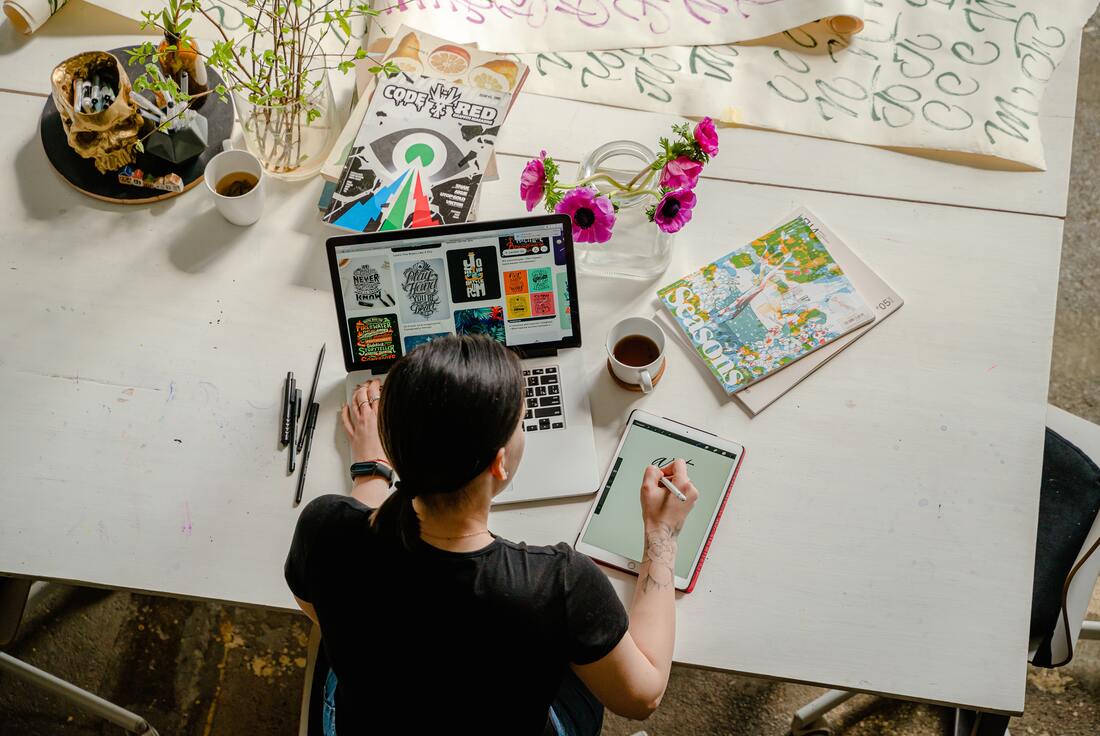|
A blog for sponsored content. contact us to sponsor a post.
|
|
The Breadcrumbs widget will appear here on the published site.
As an artist, you may have a strong portfolio, but without a well-crafted artist resume, it's challenging to get the right opportunities. A well-designed artist resume should reflect your creativity, passion, and unique skill set. In this complete guide on artist resumes, we will provide you with a step-by-step guide on creating an artist resume that stands out from the crowd. Introduction
The introduction is the first section of your artist resume that overviews your experience, skills, and achievements. It should be clear, concise, and compelling, encouraging readers to continue reading.
Experience The experience section highlights your past work experience, including exhibitions, residencies, awards, and collaborations.
Education The education section should include all your educational qualifications, including your degree, the school you attended, the year you graduated, and any relevant coursework.
Skills The skills section highlights your technical and soft skills, including software proficiency, painting, drawing, printmaking, and sculpture, among others.
References Include a list of references, including their name, position, phone number, email address, and relationship to you. Conclusion A well-crafted artist resume is essential for any artist seeking new opportunities. It should highlight your experience, skills, and achievements, making it easy for potential employers to understand what you can bring to the table. Use this complete guide on artist resumes to create a stunning artist resume that showcases your unique skill set and personality. FAQs Q1: How long should an artist's resume be? A1: An artist's resume should be one or two pages long, depending on your experience and accomplishments. Q2: What font size should I use in my artist resume? A2: Use a standard font size of 10-12 points, making sure Q3: Can I include my interests in my artist resume? A3: It's generally not necessary to include personal interests in your artist resume, as it should focus on your professional experience and skills. However, if your interests are relevant to your artistic practice, you can include them in a separate section. CommentsComments are closed.
|











